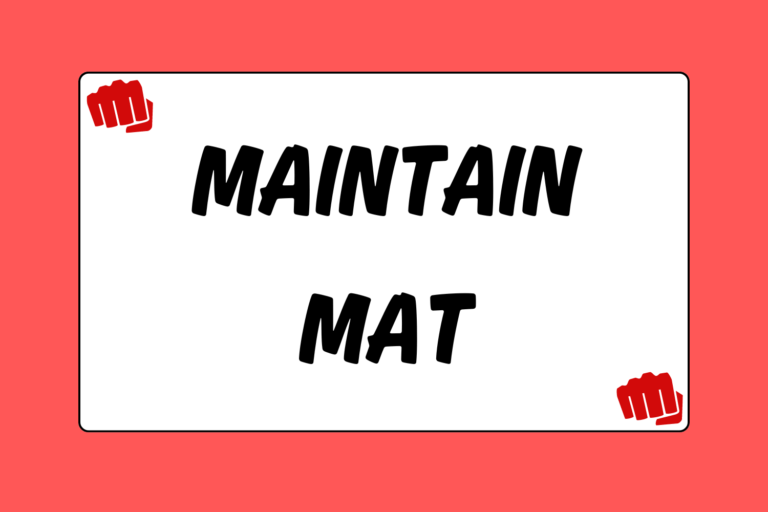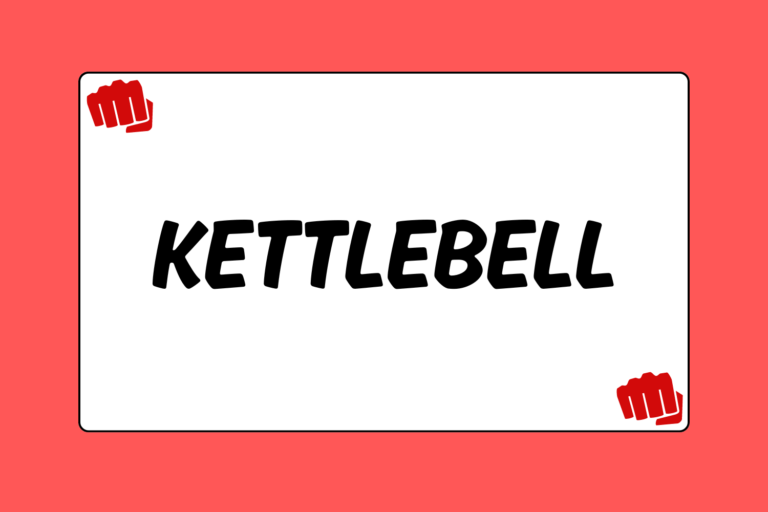Don’t get confused: technique is the single most important aspect of ground fighting. However, technique can only take you so far. At higher levels of mixed martial arts, practically everybody is good on the ground. Most fighters possess the necessary physical tools. However, often what separates competitors at higher levels of the sport is sheer physical strength and conditioning.
This guide will help you understand the critical parts of the body for success in terms of grappling. You will find the best workouts to strengthen each part of the body, and how to modify them to meet your individual needs. For fighters with a little more experience, you will also read about tips that will increase the effectiveness of your workout. Although it takes hard work to win fights, the point of this guide is to help you to work smarter and to develop the parts of your body that you need for grappling most.
Grip Strength
Many fighters assume the larger muscle groups are the most important. In actuality, it is how you put your strength to use that is the most important. For this reason, grip strength training is absolutely essential for grappling.
Many upper body workouts will help to strengthen the muscles in your hands, wrists, and forearms. However, you must target these muscles specifically if you want an iron grip.
One of the best workouts you can do to strengthen your grip is the basic pull-up. These will help strengthen the muscles in your hands and forearms, as well as other parts of your arms and back, which makes them an invaluable exercise for grapplers.
It’s okay if you have a tough time with pull-ups at first: It doesn’t matter where you start in your strength training, but rather, how you progress. If necessary, have a partner spot you by holding your feet. You can also rest the tops of your feet on a weight bench to make it a bit easier. As you continue to get stronger, you can do away with the spotting and increase your sets and reps. When you’re ready, challenge yourself by varying your grip (wide grip, overhand/underhand), switching to a wide bar, or adding extra weight.
Here are some other great workouts that should be done with lighter weight and more reps to build muscular endurance in your forearms, wrists, and hands:
- Wrist curls/Reverse wrist curls
- Reverse curls
- Plate curls
- Farmer’s walks
- Wrist rollers
Hot Tip: Better Pull-ups
The only thing better for your grip than the traditional pull-up with a bar is a pull-up done with a towel, rope, or another kind of thick fabric. These allow you to work muscles in your hands and arms that you don’t usually hit when performing a regular pull-up because the fabric will “give” slightly, and because you will have a vertical grip rather than a horizontal grip, as in the traditional pull-up. A thick towel will probably be your best bet, but whatever you’re using, just throw it over the top of the pull-up rack and get going. Just make sure it’s strong enough to hold your weight!
Pulling Strength
When newer fighters hit the gym to strengthen their upper body, most of their time is spent on pushing exercises, such as the bench press. Although pushing exercises are good for developing the muscles in your chest, shoulders, and the rest of your arms, the workout is not very practical for grappling.
Much of grappling involves pulling: Pulling your opponent’s legs in on a takedown, controlling posture, etc. This is why exercises designed to strengthen the muscles that help you pull are so beneficial. Your biceps, shoulders, and lat muscles are all critical for pulling strength. Here are a few good workouts to help improve your pulling strength. Depending on your personal goals, these exercises can be done with lighter weight and higher reps to build muscular endurance (recommended for those new to the weight room), or heavier weight and lower reps to improve strength and size:
- Lat pull down
- Shrugs
- Standing and seated rows
- Pull-ups
- Full bicep curls and hammer curls
Hip & Leg Strength
Strong hips and legs don’t just mean a solid base. Strengthening your lower body means more explosive takedowns, a strong closed guard, and crushing hip pressure when controlling an opponent from the top position. Even more importantly, regular strength training of the hips and legs will also lead to increased flexibility and resistance to injury.
Here are a few other great workouts to strengthen your hips and legs. Again, depending on your goals, these workouts can be adjusted to fit your needs. Lighter weight with higher reps will build muscular endurance, helping you to sustain your strength throughout a match. Heavier weight with lower repetitions will help to increase your overall strength and muscle mass. Here are some good hip and leg strength exercises:
- Lunges (regular and twisting)
- Power cleans
- Russian lunges
- Resistance bands
Although there are many great workouts to strengthen your lower body, the best workout you can do to increase your hip and leg strength is the squat. The squat is a versatile lift, and will help strengthen your quadriceps, hamstrings, glutes, and calves, in addition to the muscles in your hips. Depending on your goals, squats should be done 2-3 times a week with anywhere from 5-20 reps, depending on the weight you’re using. Lighter weight with higher reps will help establish a physical base to build from. Heavier weight with lighter reps is the best workout for off-season training will help build strength and mass.
If you haven’t yet added squats into your workout routine, start with body weight squats, sometimes known as “Hindu” squats. This will help to ensure that your technique is correct, and will also help to prevent muscle pulls and other injuries that come with adding too much weight too soon. Here are a few pointers on squat technique before you start piling on the plates:
- Feet should be slightly wider than shoulder width apart, to mimic your grappling stance.
- Keep your feet flat on the floor, with your weight evenly distributed. Don’t rock back and forth!
- As you squat, keep your head and chest up and look at the ceiling.
- Push your butt backwards as you lower, and try to get squat as deep as you can. Try to lower your butt to your heels; some people are more flexible than others, so getting a deep squat may take time.
Hot Tip: Grappling Squat
In order to get the most out of your squat, your feet should be positioned a little wider than shoulder width apart, with your toes pointed outward. It’s fine if you like to keep your toes pointed straight ahead, but this type of squat is better for athletes that generate power from their legs with their toes pointed forward. Make your squat grappling-specific and point your toes slightly outward to resemble how your feet are positioned in your stance. This will help you generate much more power on your takedowns and in other positions.
Preparing for Battle
If you aren’t a regular in the weight room already, you better get started. It’s guaranteed that there is someone across town, or across the world, that is training right now as you read this… and they’re training to beat you! Just as you must work hard to develop your technique, you must also work to fine-tune the parts of your body that are most used in grappling.
Always have a detailed plan on how you will develop your strength. Keep in mind your individual physical goals, along with how you will go about reaching them, and how long it will take. Talk to your coach or athletic trainer for some help with developing a lifting plan that will benefit your body and fighting style.
Lastly, don’t lift alone if you aren’t experienced. If you are new to the weight room or specific workouts, make sure to lift under the supervision of a coach, trainer, or at the very least, with an experienced teammate. Now get out there, grab a buddy, and get lifting!





